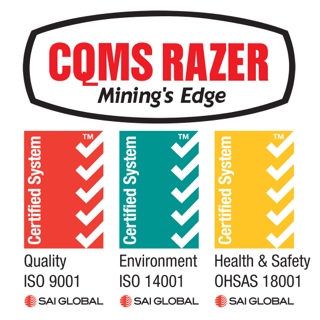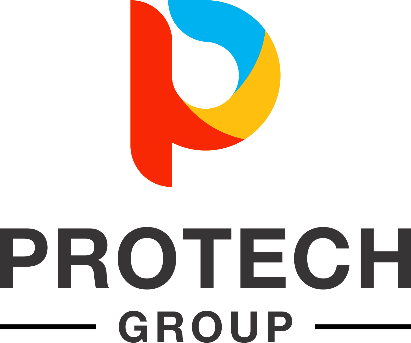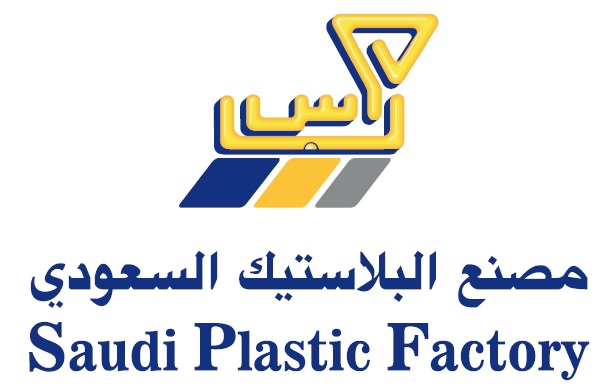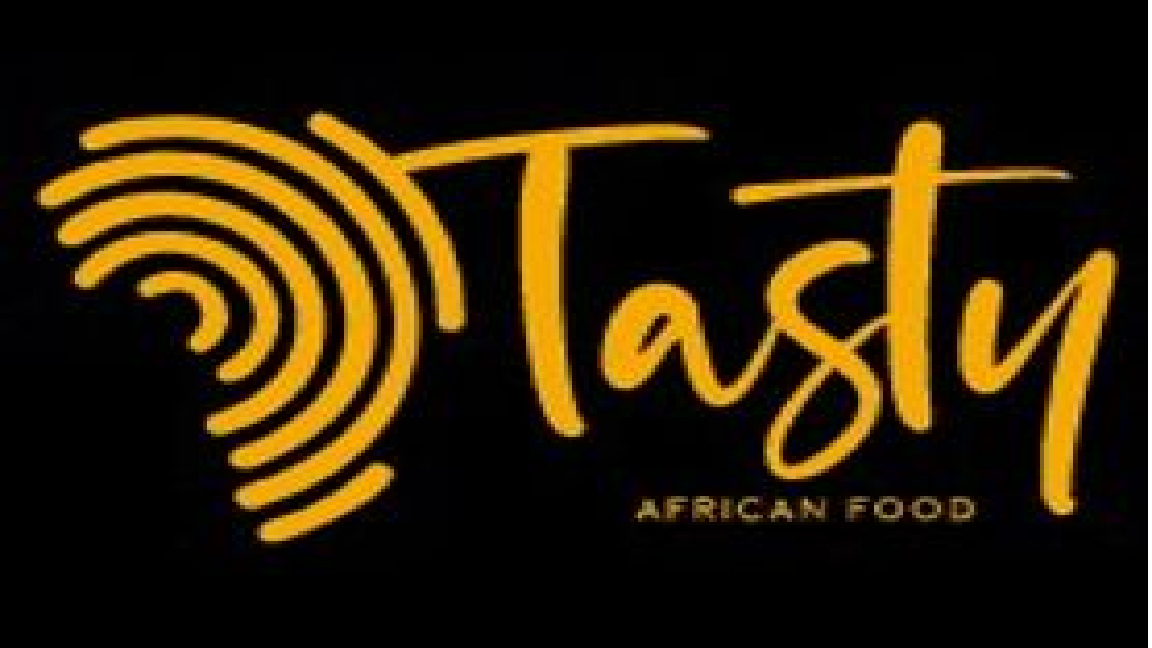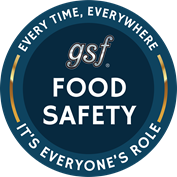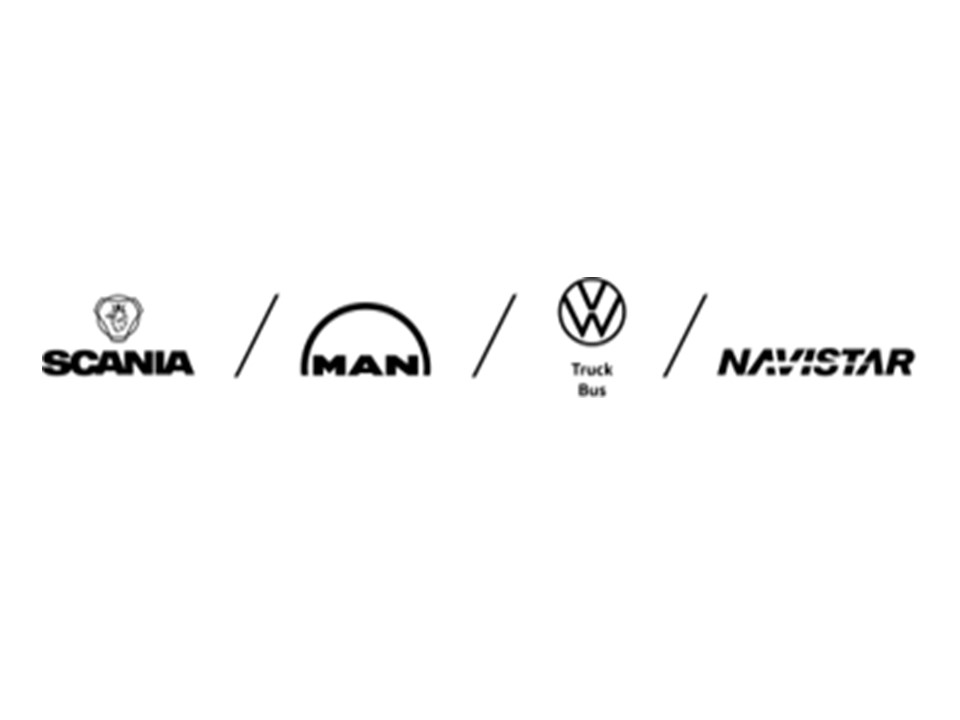Title
-
Site conducted
-
Conducted on
-
Prepared by
-
Location
1. Key corporate policy/principle/philosophy and organization chart
-
1.1 Does the Supplier have a corporate philosophy (or policy, mission statement, credo, or the like)?
-
1.2 Is it expressed in writing?
-
1.3 Does the Supplier have an organization chart in a written form?
-
1.4 Does the Supplier have an experience of cross- organizational activity in the fields of R&D, problem solving, etc.?
-
1.5 How is the Supplier’s financial condition (ordinary profit ratio/margin)? %
2. Labor management
-
2.1 Do the Supplier’s top management and other supervisors/managers have issues awareness (sensitivity about various issues and problems) and high motivation for improvement?
-
2.2 Do the Supplier’s employees have issues awareness and high motivation for improvement?
-
2.3 Does the Supplier prohibit forced labor, slave labor, and other labor under wrongful constraint or confinement (including constraint by financial obligation)?
-
2.4 Does the Supplier prohibit sexual harassment, abuse, physical punishment, mental or physical extortion, use of abusive language, and intimidation?
-
2.5 Does the Supplier prohibit employment of children under the minimum working age and labor of children or young people in a way that impairs their development?
-
2.6 Does the Supplier strive to eliminate unfair discrimination in recruitment and employment to ensure equal opportunities and fair treatment of employees?
-
2.7 Are employees’ wages calculated accurately according to legal requirements and their working hours (both normal and overtime) and paid properly to all employees?
-
2.8 Does the Supplier prohibit wrongful deduction from or reduction of wages for a punitive reason?
-
2.9 Are employees’ total weekly working hours kept within 60 hours or the statutory limit, except in cases of emergency or crisis?
3. Work environment <safety, health/hygiene and fire-prevention management>
-
3.1 Does the Supplier have a fire-prevention organization chart?
-
3.2 Is the workplace kept neat and tidy?
-
3.3 Does the Supplier conduct risk assessment about their workplace safety and use appropriate design, technology and management tools to ensure safety?
-
3.4 Is the Supplier well aware of possible circumstances that may occur in the workplace where people may get in touch with harmful pests/vermin or chemical substances? Has the Supplier taken appropriate measures against them?
-
3.5 Is the Supplier well aware of the status of occupational accidents and diseases in their company? Has the Supplier taken appropriate measures against them?
-
3.6 Has the Supplier identified physically burdensome tasks and taken appropriate control measures to prevent accidents and diseases?
-
3.7 Are safety and hygiene ensured appropriately at company- provided facilities used as employees’ living space (e.g. dormitory, cafeteria/dining room, toilet, etc.)?
-
3.8 Does the Supplier conduct appropriate health management for all employees?
-
3.9 Does the Supplier conduct fire drills at least once a year?
4. Equipment management & maintenance
-
4.1 How often does the Supplier conduct maintenance and inspection of equipment?
-
4.2 How long is the useful life of the equipment that uses items ordered by HRS?
-
4.3 How much is the Supplier’s annual capital investment amount?
-
4.4 Has the Supplier taken safety measures for equipment?
5. Process control
-
5.1 Does the Supplier have dedicated staff in charge of process control?
-
5.2 Is the Supplier aware of their production capacity accurately?
-
5.3 Does the Supplier have a systematic mechanism, rule or procedure to manage their delivery performance?
-
5.4 How is the Supplier’s delayed delivery occurrence rate? %
-
5.5 Does the Supplier conduct cause analysis of delayed deliveries and conduct delivery planning every month?
6. Inspection management
-
6.1 Does the Supplier have dedicated staff in charge of shipping inspection?
-
6.2 Has the Supplier identified inspection methods specifically? (for first article/in-process/final product inspections)
-
6.3 Has the inspection been conducted in line with the inspection standards, etc.?
-
6.4 Does the Supplier keep inspection records?
-
6.5 Does the Supplier conduct periodic calibration of test/inspection instruments and tools?
-
6.6 Does the Supplier interpret dimensions in drawings as “to maintain those dimensions throughout the whole area”?
-
6.7 Does the Supplier believe that differences between dimensions in drawings and those of actual products, parts, materials, etc. must be kept within the “dimensional tolerance”?
-
6.8 Does the Supplier possess measuring instrument(s) whose accuracy and precision meet Hirose’s requirements?
7. Quality control/management system
-
7.1 Does the Supplier have a quality control policy endorsed by the top management?
-
7.2 Is that policy communicated to employees?
-
7.3 Does the Supplier have a QA schematic diagram?
-
7.4 In-process failure rate
-
7.5 Does the Supplier conduct analysis of in-process failures and take measures against them?
-
7.6 Does the Supplier maintain traceability for both material lots and manufacturing lots?
-
7.7 Does the Supplier have necessary SOPs in place?
-
7.8 Does the Supplier record and maintain inspection and manufacturing data appropriately?
-
7.9 Is the Supplier willing to allow Hirose and Hirose’s customers to visit and enter their manufacturing site and<br>other processes in their factory?
8. Administration of drawings
-
8.1 Does the Supplier have staff in charge of administering/controlling drawings?
-
8.2 Is the management method for the drawings maintained?
9. Cost management
-
9.1 How are the Supplier’s standard prices in comparison with their competitors?
-
9.2 Does the Supplier have well-organized framework to promote VE, VA and IE and make improvement?
10. Technical level
-
10.1 Does the Supplier have employee education & training programs, such as national qualification acquisition program, correspondence learning course, etc.?
-
10.2 Does the Supplier have specific technical/technological expertise and capability?
-
10.3 Does the Supplier have the ability to develop software? (if applicable)
11. Environmental preservation/sustainability activities
-
11.1 Has the Supplier already obtained ISO 14001 certification accredited by an external agency?
-
11.2 Does the Supplier have a plan to obtain ISO 14001 certification accredited by an external agency?
-
11.3 Does the Supplier practice “green procurement”?
-
11.4 Does the Supplier have a plan/program/scheme to promote green procurement?
The following items (11.5 to 11.14) need not be answered if either of 11.1 or 11.2 was answered “Yes”.
-
11.5 Does the Supplier have an environmental management or governance organization within the company, such as environmental action committee?
-
11.6 Are positioning (or missions/roles) and functions of that organization defined clearly?
-
11.7 Are the Supplier’s top management members involved in that organization?
-
11.8 Has the Supplier received any administrative direction or punishment from a supervisory government authority within the past five years?
-
11.9 Does the Supplier conduct educational or awareness activity for employees about environmental preservation/sustainability?
-
11.10 Does the Supplier conduct energy-saving promotion activity?
-
11.11 Does the Supplier conduct energy-saving promotion activity?
-
11.12 Is the Supplier actively working on reduction and recycle of wastes?
-
11.13 Is the Supplier considering adoption and utilization of eco-friendly materials?
-
11.14 When we request cooperation with our sustainability activities (e.g. request to report usage conditions of regulated substances), will the Supplier respond promptly?
12. Business continuity management (BCM)
-
12.1 Does the Supplier have a documented Business Continuity Plan (BCP) to ensure continuity of their business activities in case of emergency?
-
12.2 Does the Supplier have a documented Business Continuity Plan (BCP) to ensure continuity of their business activities in case of emergency?
-
12.3 Does the Supplier maintain an emergency contact list that specifies customers, business partners, etc. to be contacted in case of emergency, and update it at least once a year?
-
12.4 Has the Supplier defined the means and methods of confirming employees’ safety?
-
12.5 Does the Supplier maintain an emergency contact list that specifies customers, business partners, etc. to be contacted in case of emergency, and update it at least once a year?
-
12.6 Does the Supplier maintain an emergency contact list that specifies customers, business partners, etc. to be contacted in case of emergency, and update it at least once a year?
-
12.7 If production equipment is damaged in a disaster, will the Supplier be able to secure necessary equipment to resume production (e.g. by restoring the damaged equipment promptly, by securing necessary equipment at an alternative location, etc.)?
-
12.8 Does the Supplier maintain an emergency contact list that specifies customers, business partners, etc. to be contacted in case of emergency, and update it at least once a year?
-
12.9 Does the Supplier have a documented Business Continuity Plan (BCP) to ensure continuity of their business activities in case of emergency?
-
12.10 Does the Supplier maintain an emergency contact list that specifies customers, business partners, etc. to be contacted in case of emergency, and update it at least once a year?
13. Fair trade and ethics management
-
13.1 Has the Supplier committed any act that inhibits fair, transparent and free competition?
-
13.2 Does the Supplier have a practice to provide or receive a gift or entertainment with an aim to gain improper benefit or advantage?
-
13.3 Does the Supplier have any relationship with antisocial activity or forces?
-
13.4 Does the Supplier lack respect for intellectual property rights, or has the Supplier infringed any intellectual property right of a third party?
15. Conflict minerals
-
15.1 If the Supplier has any opportunity to purchase materials that contain a conflict mineral (gold, tin, tantalum or tungsten), does the Supplier conduct surveys using the<br>EICC/GeSI Template to ensure that the Supplier’s payment will not be used as a fund for armed groups?
-
15.2 Are all of the Supplier’s products/parts/materials used for production of Hirose Electric products covered by those surveys?
16. Certification acquisition status <br>If the answer is “Yes” to item 16.1, do not evaluate item 16.2.<br>If the answer is “Yes” to item 16.3, do not evaluate item 16.4.
-
16.1 Have they obtained external certification ISO 9001?
-
16.2 Do they plan to obtain external certification ISO 9001?
-
16.3 Have they obtained external certification IATF16949?
-
16.4 Do they plan to obtain external certification IATF16949?






